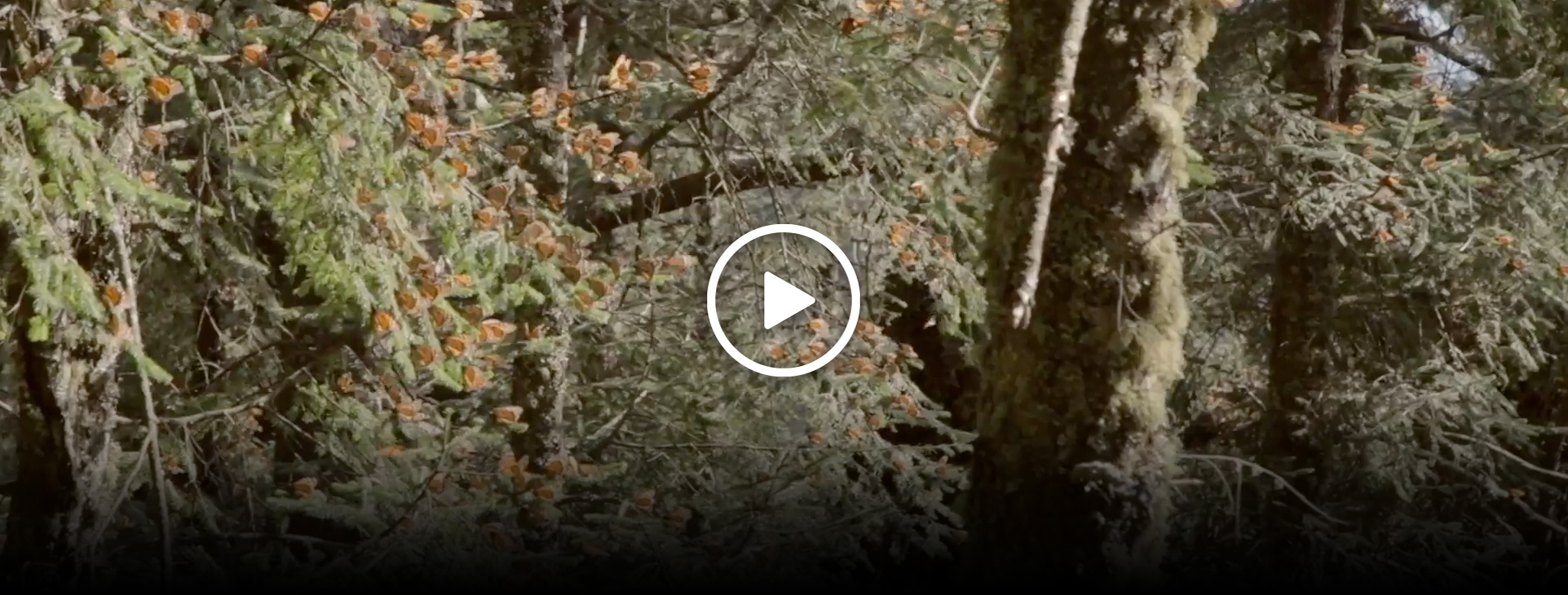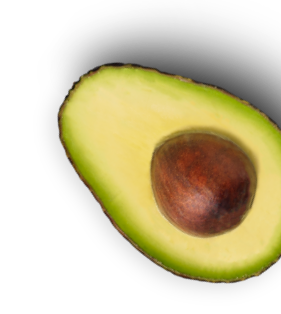The Efforts by MHAIA to Reforest Michoacán
The monarch is perhaps the most widely recognized species of butterfly, with its characteristic orange and black wings and its fruitful role as a North American pollinator. So beloved is the monarch, in fact, that it has been named the state insect of seven U.S. states and is an important cultural symbol for the people of Michoacán in Mexico.

Despite how commonplace the monarch butterfly may seem, the species itself is under severe threat — a drastic 90% of this iconic population has declined since the 1990s.
The reasons behind the dwindling monarch population are numerous and span the different geographies traversed by the eastern monarchs during their epic 3,000-mile migration from Michoacán, across the U.S., to Canada, and back. This journey has become more perilous in recent years given the challenging environment the monarchs must cross — including U.S. states like Texas, Oklahoma, and Kentucky.

Click to watch the video
Threats to the Monarch Butterfly
Three major threats to the monarchs are:
-
Loss of U.S. Habitat
The monarch butterfly has lost millions of acres of U.S. habitat since the 1990s, when new forms of farming became commonplace in the U.S., inadvertently killing off milkweed and other nectar-producing flowers that are heavily relied upon by monarch butterflies as they pass through the U.S. during their migration.
-
Severe Weather
Another threat to the monarch’s survival is increasingly severe weather. In 2002 alone, between 220 and 270 million monarchs perished as a result of a severe winter storm in central Mexico. In other cases, droughts have led to the disappearance of nectar-producing flowers and milkweed that the butterflies rely on for sustenance during their migration.
-
Loss of the Oyamel Firs
Due to industrial impacts on the environment, the monarch’s winter habitat is diminishing. Of particular concern for the monarchs is the precipitous decline of the oyamel fir trees that provide their winter roost. In 1996, there were 45 acres of oyamel fir forest in the mountaintops where the butterflies spend their winters. By 2013, the size of that roost had dwindled to a mere 1.6 acres — an area of land hardly larger than an American football field.
The significance of the oyamel fir forests in the mountains of Michoacán cannot be overstated. During the winter months, between November and March, hundreds of millions of monarchs from the eastern U.S. and Canada depend on these specific trees for roosting.

Stewards of Sustainability
Although the vast majority of avocado orchards in Michoacán are not in close proximity to the forests in which the monarchs roost each winter, the industry has taken on the neighbor-like responsibility of helping the struggling species repopulate. The Mexican Hass Avocado Importers Association (MHAIA) has joined the fight for the monarch’s survival by forming an alliance with Forests for Monarchs (FFM), a nonprofit devoted to monarch conservation.
MHAIA has been the foremost benefactor of Forests for Monarchs since 2017.
MHAIA’s patronage of FFM began in 2017, and has since assisted in reforesting the monarch’s winter roost and the surrounding area, and educated local farmers about the importance of sustainability.
The Avocado Industry’s Efforts to Protect Monarch Butterflies
-
Reforestation
More than 7,105 volunteers have joined MHAIA in the cause. The original goal has already been exceeded, with more than 1.8 million trees planted to date. With MHAIA’s financial support, 3,999 acres across 83 communities in Michoacán have been positively impacted with the trees enjoying an impressive survival rate of 76%.
-
Sustainable Farming
For the communities that depend on crops like avocados for their livelihood, educational outreach by MHAIA and FFM emphasizes why healthy forests are so critical to sustainable, responsible, and successful farming. This program educates landowners on how preserving forests and natural pollinator plants can improve soil conditions, reduce erosion, and clean streams. These positive effects not only benefit the community’s crops but also help to protect the forests that serve as the monarchs’ overwintering habitat.
This symbiotic relationship between farmers and the ecosystem is exactly the philosophy MHAIA promotes. In the end, sustainability and corporate responsibility not only benefit Michoacán farmers and American consumers, but protect the environment and the iconic species therein.










